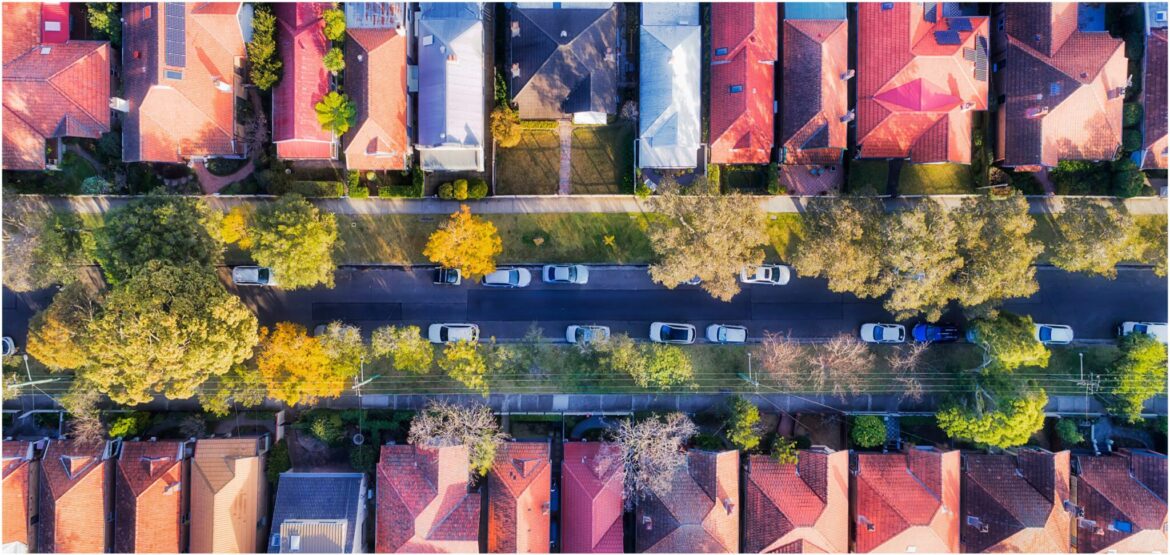
Australia’s real estate market has a combined value of $10 trillion and represents 56.3 per cent of household wealth.
As shared on CoreLogic’s recent monthly housing chart pack, the value of Australian residences rose by 2.5 per cent in the three months to August 2023. This represents a slight change from the previous quarter, when prices rose by 2.9 per cent.
Over the last twelve months, national average values are down by 1.1 per cent. However, results differ between states and cities.
August housing breakdown
Growth across all capital cities was 1 per cent in August, while regional markets held steady, with 0.1 per cent growth.
The top performers by city during the last quarter were:
• Brisbane: 4.2 per cent
• Sydney: 3.8 per cent
• Adelaide: 3.4 per cent
• Perth: 2.9 per cent
• Melbourne: 1.6 per cent
• Darwin: 1.6 per cent
• Canberra: 0.5 per cent
Meanwhile, Hobart values dropped by 0.5 per cent. In the regions, the top performers were:
• Regional SA: 3.1 per cent
• Regional Qld: 2.5 per cent
• Regional WA & Regional NSW: 0.1 per cent
Values dropped in:
• Regional Victoria: -1.4 per cent
• Regional Northern Territory: -1.6 per cent
• Regional Tasmania: -0.4 per cent
Year on year, Perth, Adelaide and Sydney have experienced growth, while average values in Canberra, Darwin, Hobart, Brisbane and Melbourne have all gone backwards. The only two regional areas to have experienced growth over the last twelve months are Regional WA and Regional SA.
It is interesting to look at where things are in comparison to record highs, and when those highs were achieved.
For example, Sydney dwelling values are now an average of 6 per cent lower than they were in January 2022.
• Melbourne prices sit 6.7 per cent lower than in February 2022
• Brisbane peaked in June 2022, with prices now down by 5.5 per cent
• Adelaide and Perth values are currently at a record high
• Darwin peaked back in May 2014 and prices are now lower by 11.2 per cent
• Hobart has dropped by 13 per cent since they peaked in June 2022 and Canberra has dropped by 8.6 per cent in the same time period.
Sales, property rentals and listings
However, there is still plenty of activity on the property market and the average time to sell has extended only slightly, from 30 three months ago to 32 days in August.
As shared by CoreLogic, in the four weeks to September 3, new listings totalled 36,320 nationally. New listings trended 16.5% higher through winter relative to the end of Autumn, and they are now slightly higher than the historic five-year average.
Meanwhile, clearance rates are averaging 66.1% in the four weeks ending September 3 2023, compared to an average of 65.6% in the four weeks ending August 6.
Finally, Australian rent values increased a further 0.5% in August, taking the national annual increase to 9.0%. Annual growth in rent values remains elevated on the previous ten-year average, but has shown signs of easing. The uplift in national rents is finally slowing down and was the smallest since November 2020. National gross rent yield dropped slightly to 3.82%, from 3.83% in the previous month.
What does this mean for your property journey?
Average figures and trends are always interesting to look at but the amount you buy or sell for will depend on the condition of your home, its location and the number of active buyers in the area.
If falling prices in your postcode have you feeling disappointed in the leadup to a sale, remember the next place you buy is also likely to be cheaper than it was a year ago. If you are planning to buy, take action now so you can experience capital growth when interest rates fall in the future.
Want advice on your next property move? Contact me today at teresa@teresaberger.com.au.




